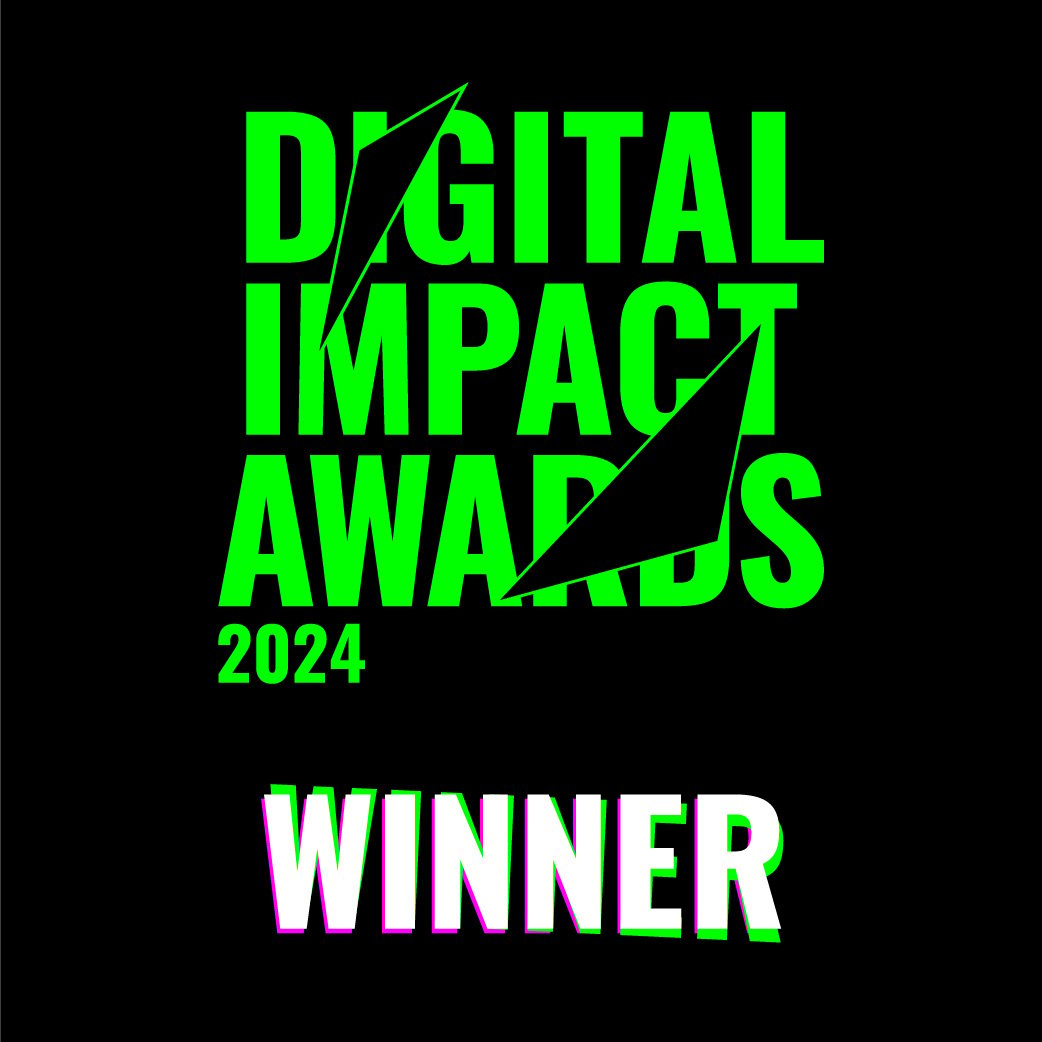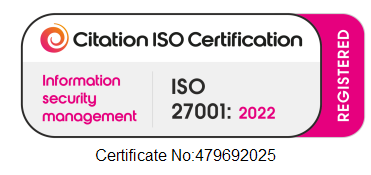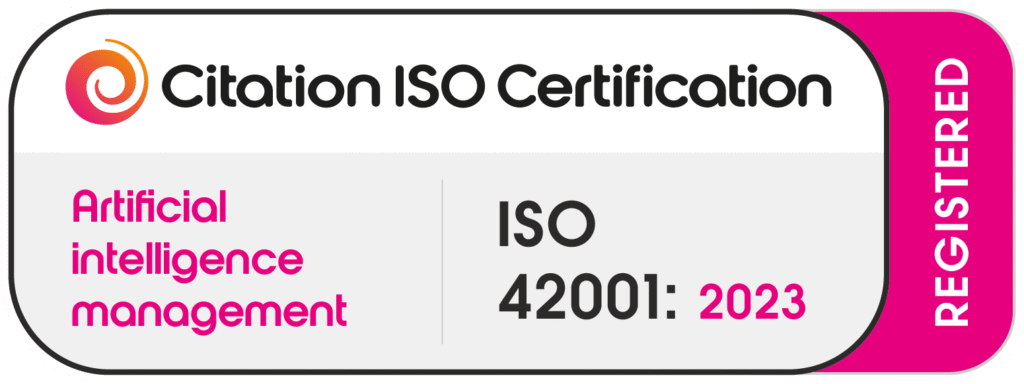If you work in marketing, you would likely have heard the term dark social. Don’t let it spook you, though! Dark social isn’t something sinister; it’s surprisingly positive instead! Let’s dive in and explore the basics.
In this post
What is Dark Social?
So, what do we mean by dark social? Dark social encompasses all social digital interactions, including sharing content and mentioning brands or products on private social media channels.
The word “dark social” was coined in 2012 by journalist Alexis C. Madrigal. The adjective “dark” refers to the fact that this type of digital communication eludes the watchful eye of conventional web analytics tools and marketers.
In simple words, dark social interactions can’t be directly tracked by traditional analytic tools like Google Analytics, for example (yes, we feel your pain!).
All the traffic to your website that mainstream analytics tools have difficulty tracking, and that comes from dark social, is referred to as dark social web traffic.
Why Is Dark Social Important, and Why Should You Invest in It?
Even though we can’t accurately measure dark social, it still affects your business!
According to recent research led by Steve Lamar at Really Good Data, dark social can be responsible for as much as 95% of your web traffic.
This research also highlighted that many major social networks obscure or misclassify referral traffic.
Social networks like TikTok, Slack, Discord, Mastodon, and WhatsApp often categorise all visits as “direct” and provide no other referral information, making it challenging to attribute these visits to specific sources.
Facebook Messenger traffic also frequently lacks referral data, and Instagram messages (DMs), public LinkedIn and Pinterest posts have a notable portion of referral data missing.
This makes it difficult for website owners and marketers to accurately track the sources of their traffic. They need to recognise that a substantial portion of traffic marked as “direct” in analytics is likely coming from these networks. Dark Social is a real phenomenon that can lead to inaccurate channel/source reporting in analytics.
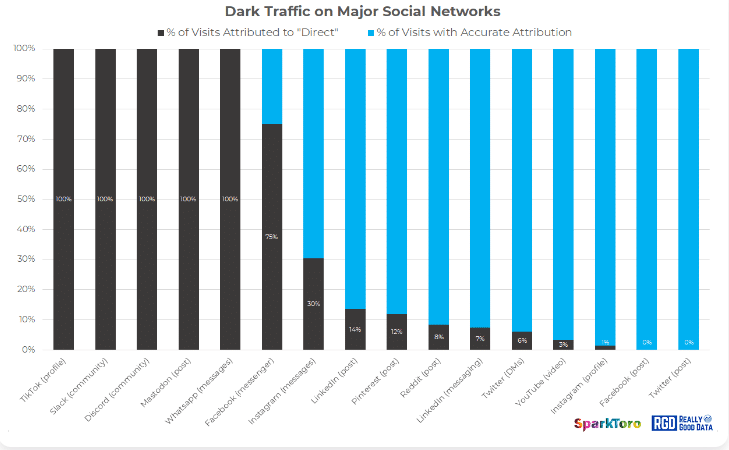
The portion of direct traffic that comes from dark social media is huge, even though the majority of companies and marketers don’t realise it.
But the true power of dark social lies in the authenticity of content shared through private messaging apps and email, driven by a high level of intent.
Dark social sharing often takes place within trusted and private circles. When people share content or product recommendations within these private conversations, it holds a high level of authenticity and trust.
People are more likely to discuss topics and products that genuinely matter to them. Therefore, understanding the nuances of dark social conversations allows for more precise audience targeting and insights into what people like about your product or service.
It can provide you with information about your audience’s specific interests and behaviours, for example, which content they find most useful.
Another element to discuss here is privacy. In recent years, the public has become increasingly worried about how social media companies use personal information for profit, invading their privacy. People are becoming more conscious and accountable for this.
Plus, social feeds have become busier and more crowded. Both these aspects lead people to shift away from public platforms to private ones, which usually provide better control. Messages are securely encrypted, and advertisers don’t have access to user data. This trend is very likely to keep growing in future.
Another important aspect is that everyone uses dark social and new generations are spending more and more time on social media every day. Messaging apps are already on the rise, with WhatsApp being the world’s third most popular social media network.
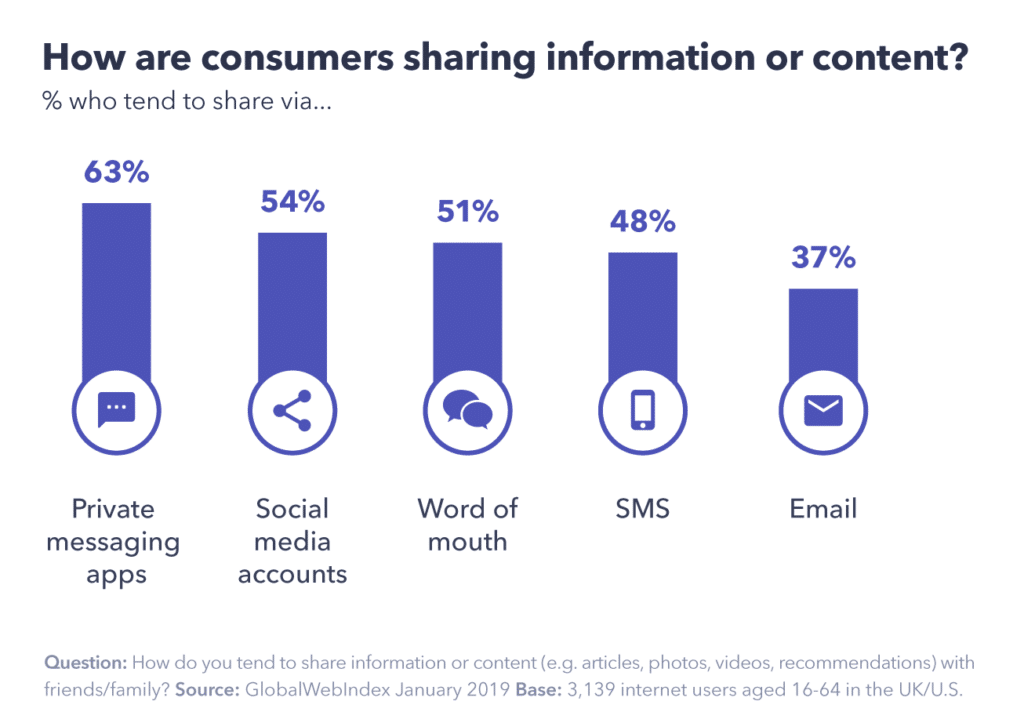
Considering that 84% of all online sharing activity unfolds within dark social, this is a digital marketing phenomenon that is worth thorough examination and strategic planning.
Dark Social Examples
Examples of dark social are happening without us even acknowledging it. For example, if you spot a thrilling event this weekend, you grab the link to the event’s website and share it with your friends via your WhatsApp chat. That’s an example of dark social! If you are a digital marketer and see an appealing Ad on LinkedIn, you take a screenshot and share it on Slack with your team; that’s another example.
Here are some examples of dark social:
- Private messaging apps. This includes platforms like WhatsApp, Slack, Viber, and traditional text messages.
- Private emails. Consider scenarios where you share a webpage link with someone through private email communication.
- Direct and private messages inside native apps (Instagram direct messages, Facebook Messenger, LinkedIn Messaging, etc).
- Private groups on social media: closed Facebook groups and private conversations within social media platforms provide spaces for individuals to discuss various topics and share content discreetly.
- Forums or websites like Reddit and Quora. Platforms like Reddit and Quora are hubs for sharing interests and opinions, and seeking advice within a community.
- If someone clicks a link to your website from an unsecured page (HTTP).
- Traditional word of mouth: good old-fashioned recommendations through conversation, such as when you talk to a friend and suggest a restaurant or skincare product.
- Third-party events and meetups
Can You Track Dark Social?
Now for the tricky part… Can you measure dark social? As marketers, we are keen to measure the impact of our work. After all, that is how we have been trained to prove our value, although this obsession with attribution is a myth. Perfect attribution in any channel doesn’t exist these days. And, if there is any one of them where attribution and measurement are, well, kept in the dark. It’s dark social. So the short answer is: you can’t FULLY and DIRECTLY measure dark social, but you can start to build a picture by using data from other channels. It’s also worth noting that dark social requires a different approach than the current software-based attribution typically used by B2B companies.
So, while dark social impact can’t be tracked directly, there are methods to navigate this intricate terrain and uncover some useful data.
Two basic ways to start measuring dark social include:
- Using UTM parameters
- Tracking direct traffic
- Adding dark social tracking into your forms
Tracking Dark Social Using UTMs
One way that can help you keep better track of dark social is to use UTM links. A “UTM link” is essentially a URL with tracking parameters and pieces of text that you add to links and provide information about the link’s placement, purpose, and content.
Each element commencing with “utm_” represents a UTM tracking parameter. The most common ones include:
- Source (e.g., Facebook, Instagram, email)
- Medium (such as organic social, paid social, website)
- Term (which indicates the keyword used or distinguishes between A/B tests)
- Content (signifying the type of content, like a video or photo)
Using UTMs has become more difficult with the changes to mobile privacy, but they can still be useful to start building a picture of how dark social media is impacting your marketing. For example, the below UTM basic example is tracking a test Whatsapp customer engagement campaign delivered in a private Whatsapp group.
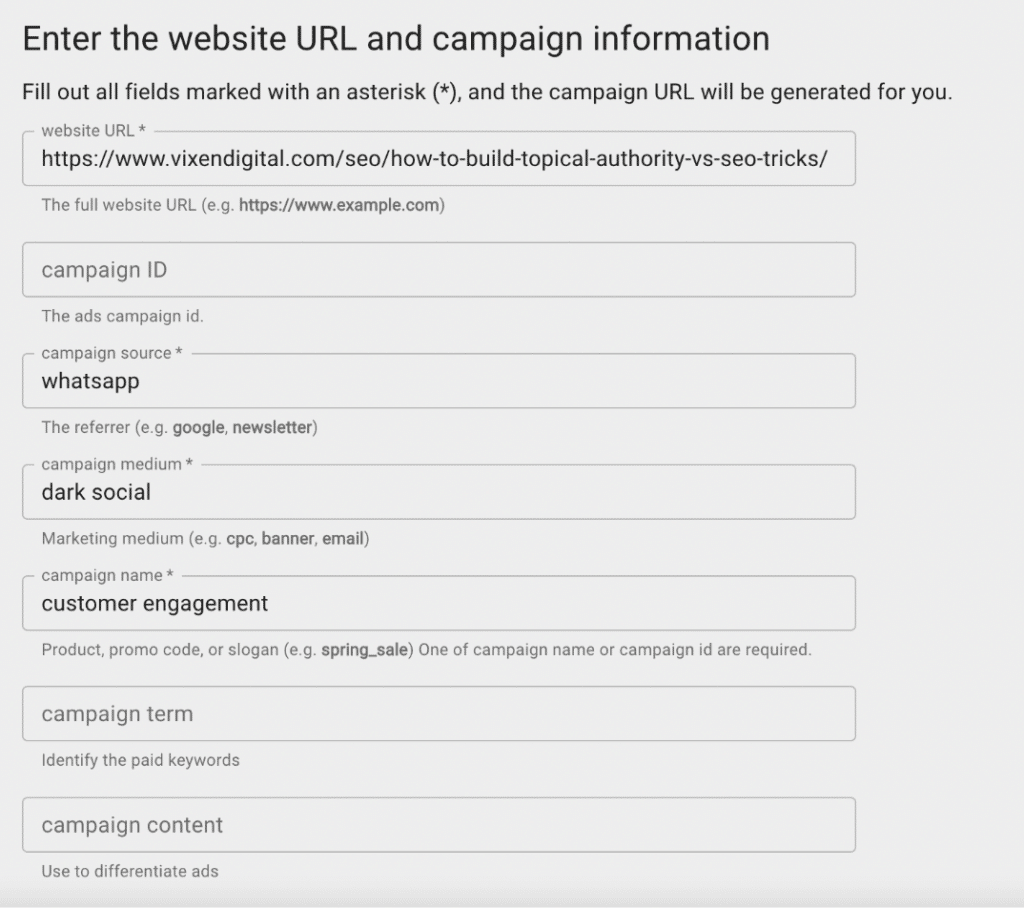
The end result is a link that looks like the one below. Using this link in your WhatsApp campaign will make any interactions visible in your GA4 dashboard.
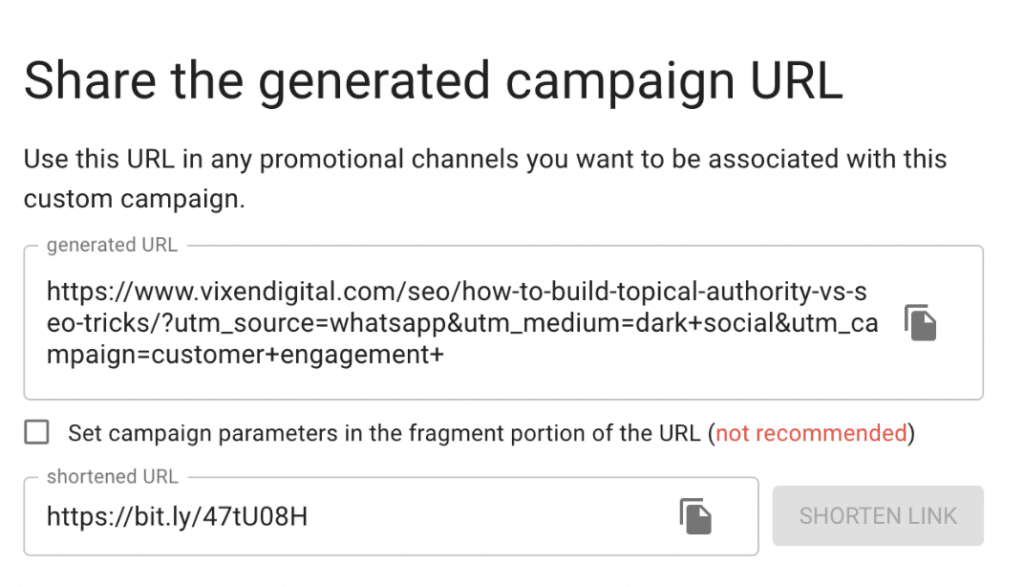
Here’s a quick walk-through video on where to find GA4 campaign data using the above UTM link as an example.
Analysing Direct Traffic To Show Dark Social Impact
Analysing direct traffic in Google Analytics can also assist in tracking ‘dark social’. Since this type of sharing doesn’t automatically pass on referral data, visits can often appear in analytics as direct traffic.
One way to go about this is to filter out traffic that typically comes directly to your website’s main pages, like the homepage or pricing information.
You can also choose to include traffic that is more likely to be the result of people sharing your content in a way that isn’t easily trackable (i.e., dark social sharing). Such traffic often involves complicated and lengthy URLs like specific pieces of content, such as individual blog posts.
For example, go to GA4 under Reports > Business objective > Examine User Behaviour > Pages and Screens to see your direct traffic.
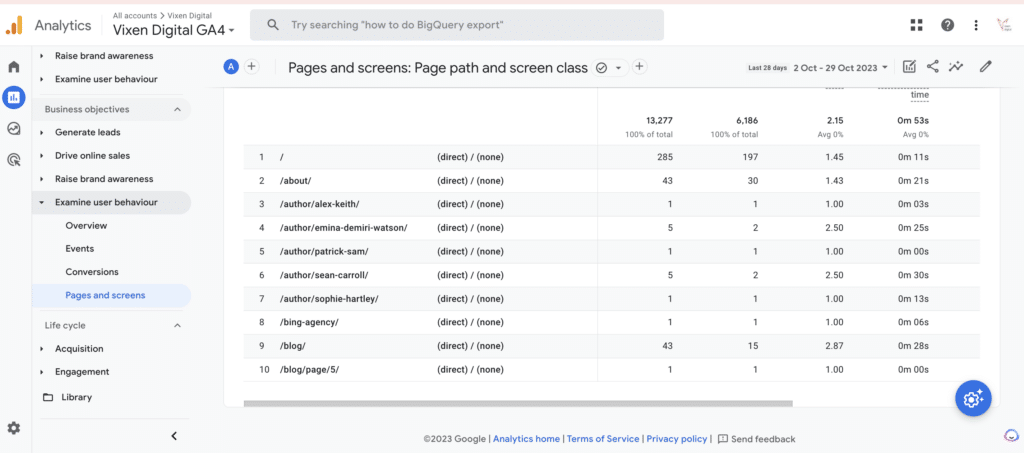
By choosing the First user source/medium and then clicking on the little arrow, you can see what pages received direct traffic.
You can assume that pages with lengthy and complex URLs, experiencing a sudden increase in traffic, might be incorrectly categorised as direct traffic when, in reality, the traffic could originate from dark social sources.
If you have a big website, you can automate this process in GA4 by filtering out the memorable pages that might have been manually typed into a search bar (you can use dimensions like “Page Title” or “Page Location.”)
Or you can create a filter or segment that includes only pages with unique or distinctive titles or locations.
Need help with GA4? Check out our blogs by Sean Carroll about Google Analytics 4.
Ask Your Customers
It’s the most basic way of doing it. Directly ask your customers and include dark social channels as options in your “Where did you hear about us” drop-down menu – e.g. adding Slack, Facebook Group, etc. Consider the specific dark social communities where your customers are active and add these to the form. If you know that your customers are on Slack a lot, include it as a dropdown choice.
How To Harness the Power of Dark Social
Ok, so we can’t directly track and measure dark social but there are strategies and tools available to harness its vast potential.
Create engaging content and make sharing content easy
Craft engaging and useful content that grabs the attention and makes people want to share it. Make your content more sharable by adding social media sharing buttons and sharing via WhatsApp, via email or share via SMS buttons. Make sure to incorporate UTM parameters into the standard social media buttons for precise tracking.
Create a Dark Social Strategy in Your Social Media Strategy
When it comes to dark social, it is useful to think about incorporating a social media listening strategy into your social media strategy. Consider investing in social media listening tools and creating your own dark social community. Although they can’t access private conversations, listening tools can whisper valuable insights into larger trends, customer opinions, and trending topics around your brand or within your industry.
Some of the most popular social media listening tools are:
Something that goes hand in hand with listening tools is community management. By investing in good customer service and community management, you not only boost dark social traffic but also gain valuable insights from your audience.
Now, about creating your own dark social community, think of it as throwing your very own exclusive online party. You can consider creating your own dark social channel like Sephora did with its Beauty Insider Community, a member-only platform tied to the brand’s complimentary loyalty program.
Right in our own client portfolio, we have another excellent example: The Education Group London, operating in higher education. Besides their range of services, they manage TEG Club, organising social events and leisure activities for students to enhance their university experience. To foster connections and build a sense of community, they launched a WhatsApp group exclusively for enrolled TEG Club students. This is also a fantastic way to keep an eye on the interactions and have the insight scoop!
Final Thoughts
Sharing content and discussing products, experiences, and ideas privately with friends and family is an integral part of consumers’ online behaviour. This trend will only continue to grow as more and more users seek privacy and turn away from public social media platforms.
While it’s certainly worthwhile to track dark social traffic using the methods we discussed, it’s important not to become obsessed with it. Rather than spending hours trying to attribute every single lead you have in your pipeline, spend that time creating valuable, engaging, and shareable content that people genuinely want to share.





